[Community Discovery] Why does Seoul need more garbage incinerators?
Residents, ward office accuse city's plan to build new incinerator in Mapo as unilateral, health-threatening
By Lee Jung-jooPublished : Jan. 30, 2024 - 15:16
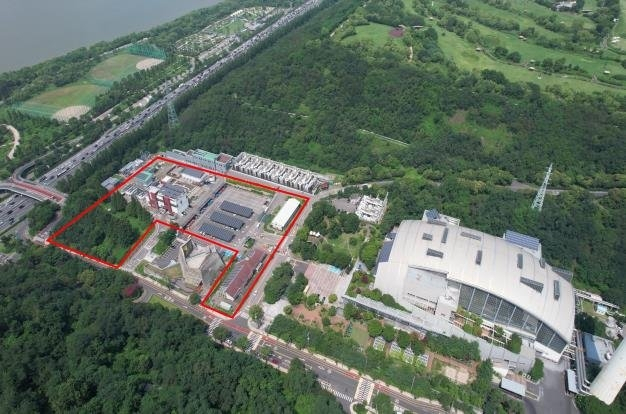
Son Myung-jin, a housewife in her 40s living in Mapo, northwestern Seoul, is worried about the city's plan to build a new waste incinerator in her neighborhood.
In August, the Seoul Metropolitan Government announced that it would build the new plant in 2026 on the site of a parking lot near the existing waste incinerator, called the Mapo Resource Recovery Facility, to begin operations in 2030.
According to the city government, the new incinerator plant will be built underground and the existing plant will be demolished by 2035 to be converted into green space. The city said it would apply a high-quality pollution control system to ensure public health.
Despite the city government’s proposal, Son, who lives approximately 1.7 kilometers away from the current Mapo Resource Recovery Facility complained about the smell from the facility that reaches her home.
“On most days, I can smell the stench of ash that comes from burning the trash. I can’t open the windows to let in fresh air from the outside. If I do open the windows, I must turn on a ventilator to prevent the stench from being stuck inside my home,” said Son. “This stench will only get worse once a second incinerator comes in. I want to move out for the sake of my family’s health, but no one wants to buy this house because of this ongoing problem.”
Son is one of the thousands of Mapo residents protesting the decision. According to Mapo-gu Office, up to 56,867 residents, workers and public officials wrote an objection statement to protest against building a new incinerator plant and submitted it to the district office.
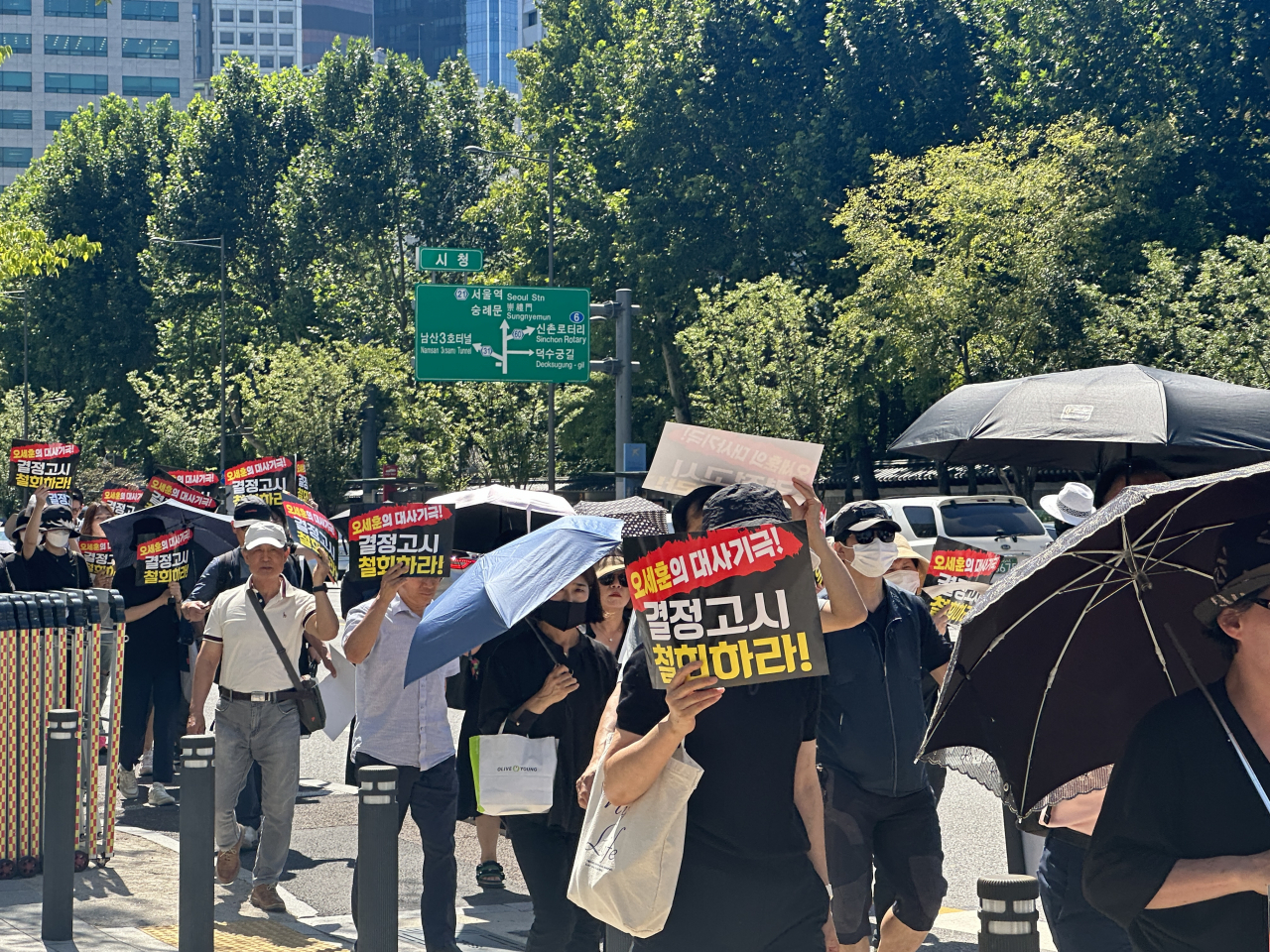
The district office of Mapo said it also opposed the plan, calling it a unilateral decision made by the city. It could have been other districts, the office said in a press conference held last week.
"We don't understand why Mapo has been selected for another incinerator since we had one for long. Between 2030 and 2035, we will have two running here. There's no explanation from the city how it is going to control pollution coming from two plants at the same time," it said.
Why more garbage incinerators?
Currently, Seoul has three other incinerator plants in Yangcheon-gu, Nowon-gu and Gangnam-gu. Together, the four facilities incinerate around 2,275 tons of waste every day, with Mapo-gu incinerating up to 585 tons. According to the city government, that is not enough to cope with the current amount of household waste generated in the city, so up to 1,000 tons of remaining waste is being buried in a landfill in Incheon.
However, this landfill will close in 2026 following the National Assembly’s approval of a revision to the Wastes Control Act in July 2021 that banned burying household waste from 2026.
The city government says this means it needs a facility that can handle up to 1,000 tons of waste per day, based on data from 2018-2022 that showed an average of 900 tons of domestic waste per day.
The Seoul Metropolitan Government selected Sangam-dong from among five candidate sites to host the new incinerator after a set of comprehensive environmental impact assessments. As reasons for its decision, it said that there were no residential areas within a 300-meter radius of the site and that the construction would be on city-owned land and therefore requires no additional processes or funding for land acquisition.
The city will also build a community center for nearby Sangam-dong residents worth 100 billion won ($105 million) and release up to 10 billion won in annual funds.
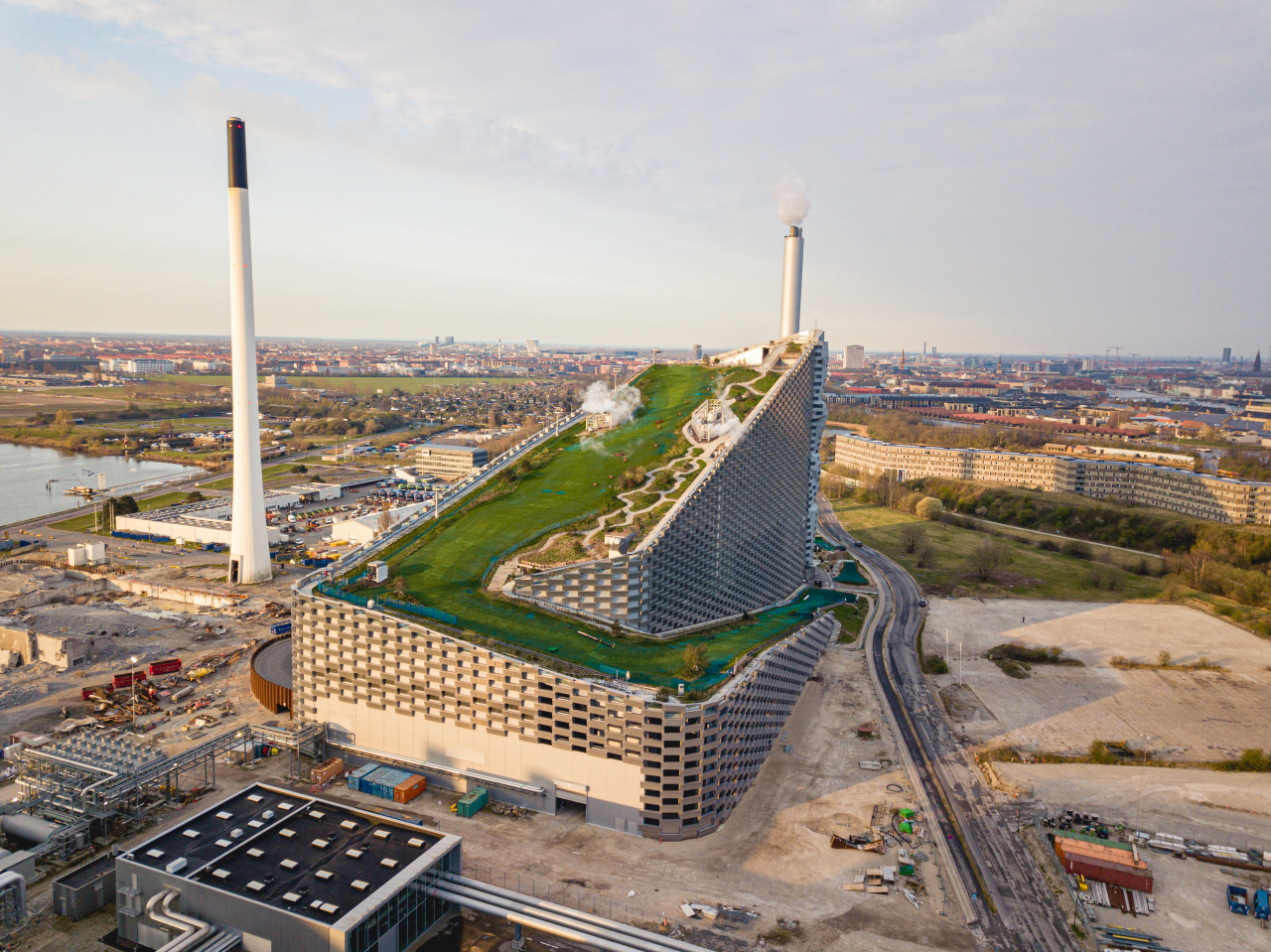
The city says the new underground incinerator will have an attraction on top of it that fits well with the surrounding parks and the waterfront, citing the example of Denmark’s Amager Bakke. It hasn't given details on what that attraction will be.
Amager Bakke is an incinerator plant in Copenhagen. It is coined as the cleanest waste-to-energy plant in the world due to its technology that filters its emissions and burns waste to produce heat and electricity. On top of the incinerator is a manmade ski slope and an outdoor picnic area.
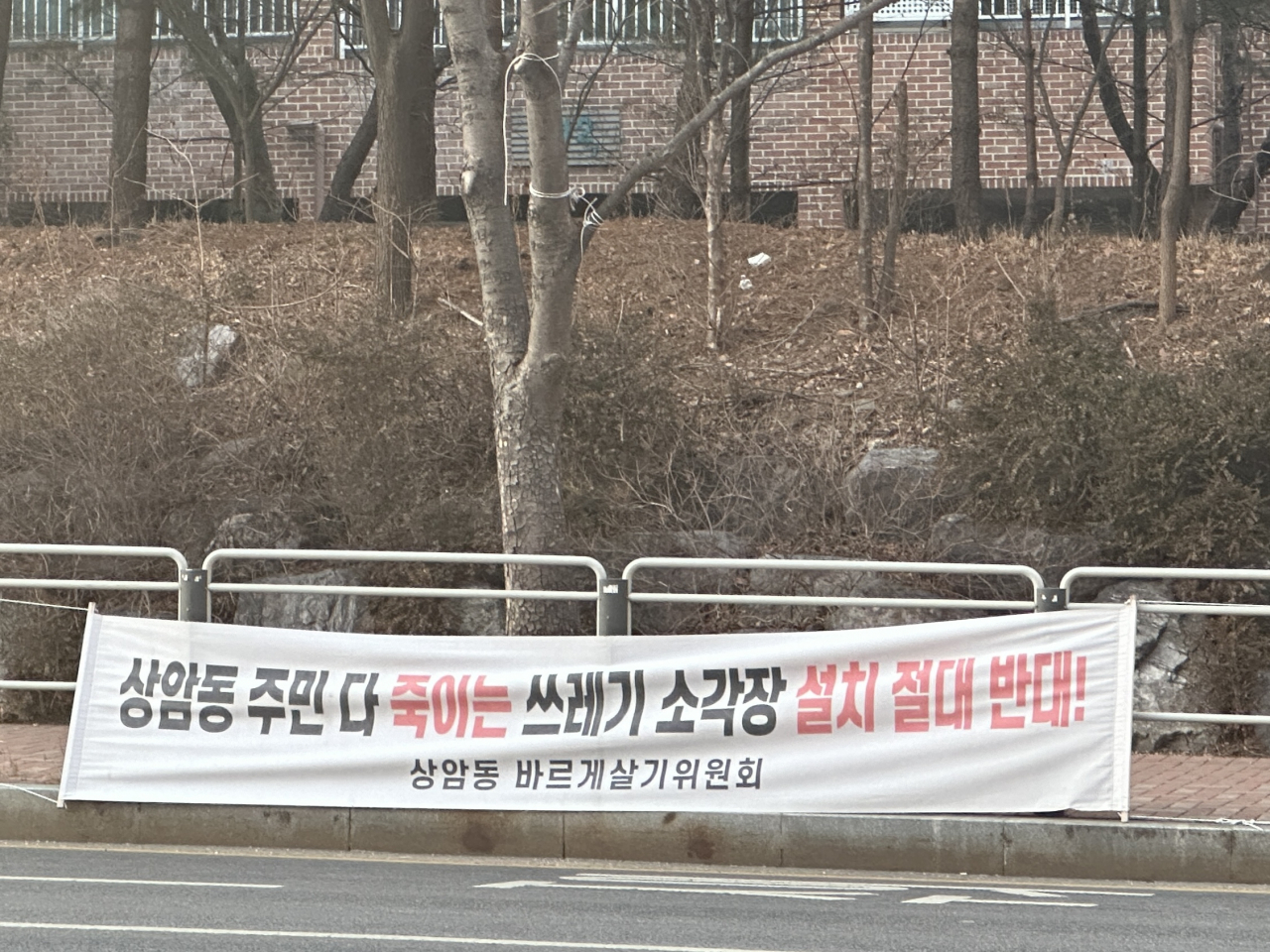
Seoul vs. Mapo-gu
At the press conference, Mapo-gu District Office offered to improve the existing plants’ incinerator performance instead of building new one.
“While the Seoul Metropolitan Government argues that an incinerator plant that can handle up to 1,000 tons of waste per day is needed once burying waste is banned from 2026, this data includes waste that can’t be incinerated in these plants,” said Park. “According to the data provided by the Ministry of Environment to Mapo-gu Office, it is only necessary to build an incinerator plant that can burn up to 744 tons of waste.”
Park pointed to how the existing incinerator plants cannot operate at full capacity due to the heat they generate.
“If the current incinerator plants are modified to operate at full capacity, Seoul can incinerate up to 2,850 tons of waste. That’s 575 tons more added to the current amount of waste being incinerated and only 169 tons of waste will be left over in need of incineration.”
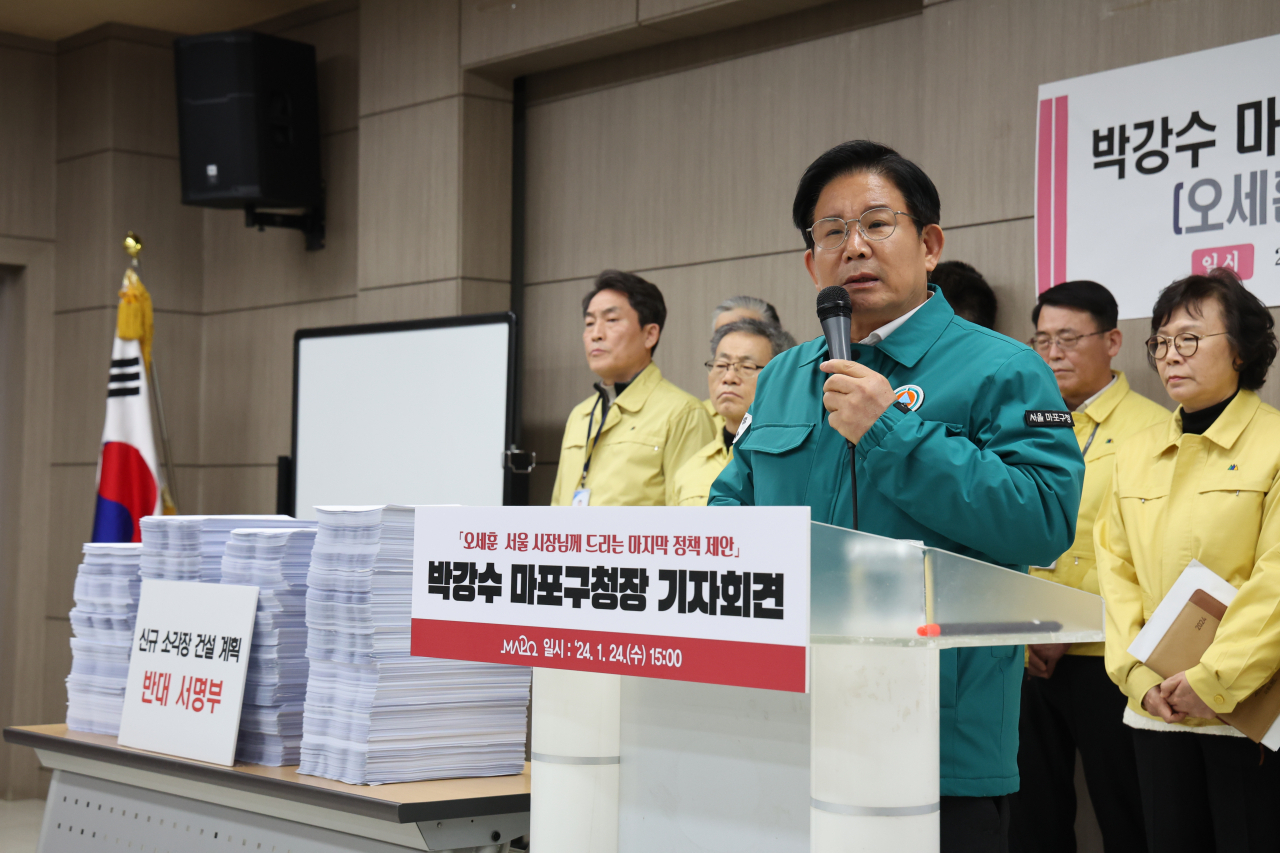
For the remaining 169 tons of household waste, Park proposed a policy that encourages each citizen in Seoul to reduce household waste by 100 grams per day.
Following Mapo-gu’s press conference, the Seoul Metropolitan Government mentioned through an official statement that a new incinerator plant is needed to secure stable incineration capacity.
“Despite the city’s efforts to reduce waste, there are factors that will contribute to increasing household waste such as the increase in single-person households and online purchases. Reducing waste or increasing the capacity of the existing incinerator plants are not fundamental answers to the waste problem,” said the city government.
This article is the second installment in a series of feature stories and interviews that delve deeper into the hidden stories of Seoul's 25 districts. -- Ed.









![[Weekender] How DDP emerged as an icon of Seoul](http://res.heraldm.com/phpwas/restmb_idxmake.php?idx=644&simg=/content/image/2024/04/25/20240425050915_0.jpg&u=)

![[Herald Interview] Guggenheim Museum makes a push for technology-based art with LG](http://res.heraldm.com/phpwas/restmb_idxmake.php?idx=644&simg=/content/image/2024/04/26/20240426050608_0.jpg&u=20240428114717)
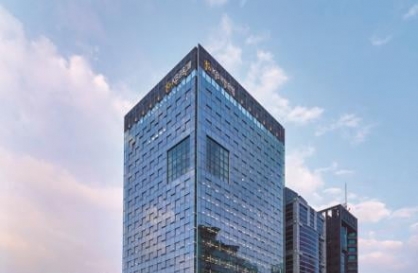






![[Herald Interview] Mistakes turn into blessings in street performance, director says](http://res.heraldm.com/phpwas/restmb_idxmake.php?idx=652&simg=/content/image/2024/04/28/20240428050150_0.jpg&u=)
